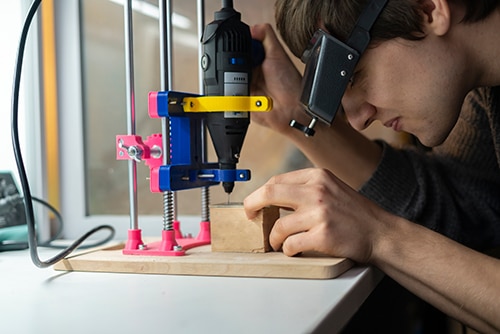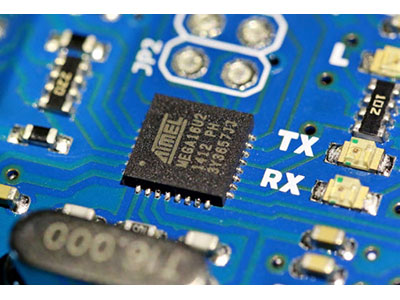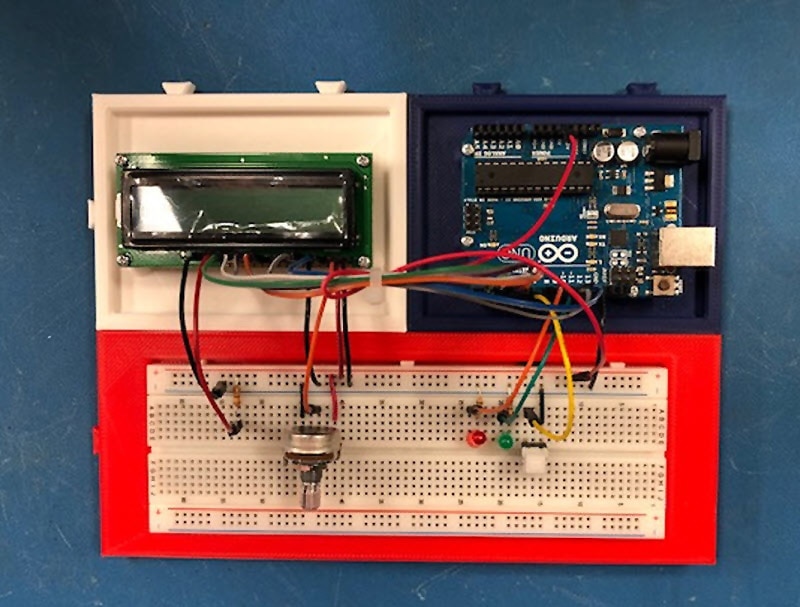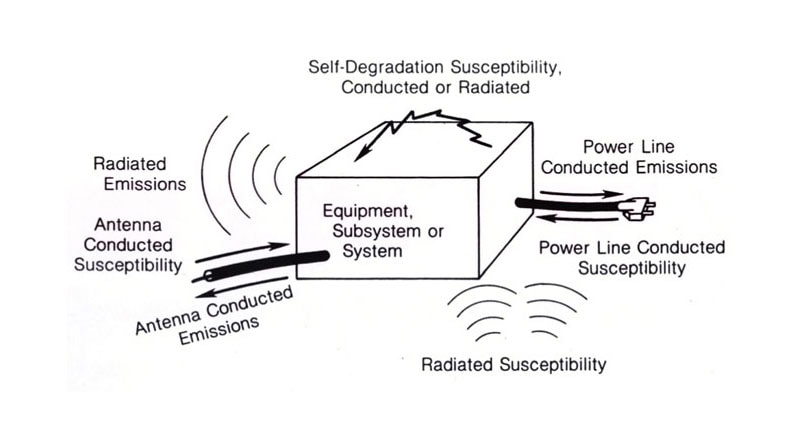Coming Soon to a Maker Space near You: DIY Integrated Circuits
Someday in the near future, you may be able to walk into the same maker space that now lets you fab parts on a 3D printer and indulge yourself in building your own integrated circuits. Before you say that's a nutty idea, consider the achievement of 22-year old Sam Zeloof who was recently written up in Wired Magazine. Zeloof produced a chip containing 1,200 transistors in his family's garage using equipment mostly bought on eBay. He's now working on a chip comprising an ALU (arithmetic logic unit) that he eventually wants to flesh out into a full-blown microprocessor.

The first thing you might notice in photographs of Zeloof's workspace is that there isn't a clean room in sight, nor is Zeloof wandering around in a bunny suit. He told Wired that patents and textbooks from the 1960s and 70s explained how chips were made back then on ordinary workbenches. There was enough information about creating masks with X-Acto blades and tape to get him going.
Zeloof says all the gear in his shop was scrapped by tech companies and put up on auction sites. Notably, Zeloof lives in New Jersey, so he had no opportunity to go dumpster diving in Silicon Valley to get any of his equipment. He talks about one find, a broken scanning-electron microscope (SEM) that cost $250,000 in the early ’90s which he bought for $1,000 and repaired.
That kind of bargain-basement price makes you wonder whether Zeloof was just lucky in his equipment purchases. To figure out if other wannabe chip makers could duplicate the 22-year-old's setup, we did some digging on eBay.
In regard to a SEM, we didn't do quite as well as Zeloof, but we did find an allegedly working model of a Bausch & Lomb SEM for $3,400. Also available was a stainless-steel vacuum chamber/tee, similar to what Zeloof uses, going for $555. The best we could do for a high-vacuum turbomolecular pump to evacuate the vacuum chamber was $250.
Zeloof's setup to do photolithography is surprisingly inexpensive. He started with a home theater DLP projector containing a mercury vapor lamp, rather than an LED light source, to get a high UV light output. The projector, typically running about $400 on Amazon, is used to project images of chip geometries onto a wafer for processing. The image from the projector goes through an ordinary lab-grade microscope, about $300, with its objective lens turned around so it reduces images rather than enlarges them. The wafer receiving the image is moved around via a motorized X-Y stage, also in the $300 range, ordinarily used for positioning parts on CNC milling machines. A vacuum table, around $100, holds the wafer down while it's being exposed.
Though Zeloof's lithography gear is budget-priced, it's clear he had to put a lot of TLC into getting the components to all work together. He yanked parts out of the DLP projector originally put there in the interest of safety and meant to limit the intensity of the UV output. He also had to reprogram the projector to make it think the safety measures were still in place and to synchronize the image with the motion of the X-Y stage. The DLP projector optics are set up to normally project images on a wall at an angle, so the projector had to be angled just right to produce a square image on the microscope objective.
And the photolithography setup required some initial debugging. The projector illumination turned out to be non-uniform, creating overexposed and underexposed spots on the wafer. So Zeloof had to record the projected light pattern (using an ordinary webcam) and use it to create a calibration mask that corrected the projector light into a more uniform output.
That brings us back to the idea of recreating Zeloof's DIY chip fab as a maker space. Perhaps there's a lesson to be drawn from the field of athletics. Readers of a certain age may recall that prior to the first sub-four-minute mile run in 1954, “informed” observers claimed the feat was impossible. Once runner Roger Bannister showed it was possible to break the four-minute barrier, a second runner did so only 46 days later and a third about a year after that. Eventually, the four-minute mark became noteworthy but not newsworthy with the first high schooler breaking the mark in 1964.
The moral of the sub-four-minute-mile story is that sometimes it just takes one demonstration of what's possible to reorient the thinking of skilled practitioners. No doubt maker-space aficionados are going to school on the accomplishments of Sam Zeloof and the details he provides in his YouTube videos. So don't be surprised to see Zeloof-inspired equipment setups duplicated in hackerspaces.
Finally, here's another way to look at a DIY chip fab: For a mere $50,000 or so, you can go out and get yourself a mint-condition 1969 Chevy Camaro. And it will spend about 99% of the time just sitting in your garage. Instead, you can spend well less than half that amount turning your garage into a working chip fab that is likely to soak up a lot more of your time than any muscle car.

Have questions or comments? Continue the conversation on TechForum, DigiKey's online community and technical resource.
Visit TechForum










